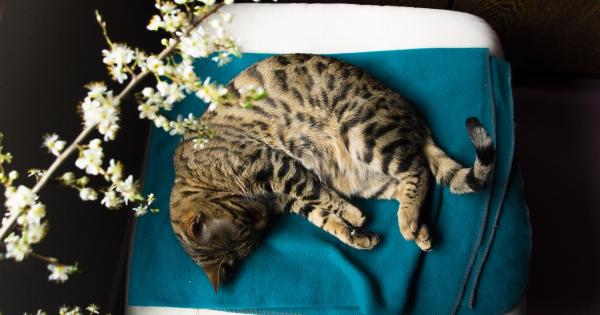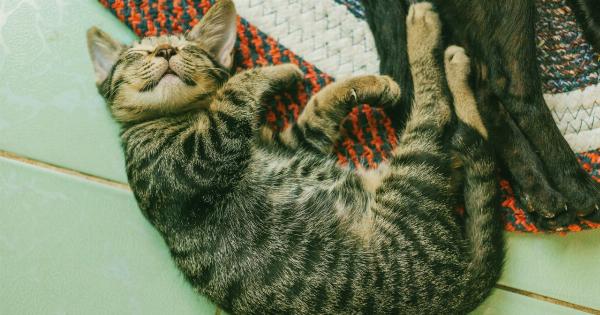Train rides can be pleasant and relaxing experiences, but some people have a negative attitude towards them when cats are involved.
Cat-lovers and cat-haters alike might share a train-carriage, and the feline passenger can disturb those who do not have a natural affinity for the animals. Some reasons why people may not like train rides with cats could be:.
The Smell of the Litter Box
Train toilets have a certain odor that can be tolerable at most times. But a litter box smell can be overpowering. If a cat is toileting in a litter tray on the train, it’s bound to create an unpleasant environment for other passengers.
However, most cat owners are quite conscious of their cats’ toileting habits and will ensure that their cats do not cause offensive smells or litter the train.
Fear of Cats
Some people are scared of cats, even when they are docile and well-behaved. Anxiety can arise when a cat is present in the same space as someone with a phobia. This can make train rides uncomfortable, especially if there are children present.
Train rides can cause anxiety to many individuals, but adding a cat to the mix can make the experience much worse.
Allergies
Just like some people cannot bear the presence of peanuts or seafood, others have allergies to cats that can trigger allergic reactions. Allergies to cats can cause a spectrum of reactions, from sneezing and coughing to severe asthma attacks.
A train ride can be unbearable for someone who has an allergy to cats, so it is always good to check if other passengers have any allergies before taking your feline friend on a trip.
Dislike of Animals
Some people simply don’t like animals, and cats fall into this category. This could be for various reasons, such as being brought up in a household that did not have pets.
A cat on a train can be quite irksome to someone who does not appreciate them, and they may want to find an alternative mode of transportation.
Pets on Trains – Etiquette to Observe
If you are a cat owner and must take your cat with you on a train ride, here are some tips to ensure that everyone is comfortable and happy:.
- Ensure that your cat is well-trained and socialized and has no behavioral issues that could cause stress for other passengers.
- Place the cat in a carrier with a comfortable, cushioned bedding and ensure that it is appropriately sized for the animal to stand up, turn around and lie down comfortably
- Carry wet wipes, paper towels, and garbage bags to clean up after your pet, especially if it toileted outside its litter tray
- Avoid letting your cat occupy seats designated for other passengers. If the cat is allowed to stay on a seat, make sure it’s clean and that others can still sit next to the cat without issues
- Be respectful of the needs of other passengers who may not share your love for cats – keep to yourself if someone is visibly uncomfortable around your pet.
How to Change Your Attitude toward Cats on Trains
If you must travel by train and are anxious about sharing space with a cat, here are some ways to overcome your dislike:.
- Find out what kind of cat will be on the train you’re taking. Learning about the breed and its behavior can help alleviate your fears.
- Understand the relationship between cats and their owners. Getting to know the owner and their bond with the cat can be restorative.
- Try spending time with cats. You may not start loving them overnight, but interaction with cats can help you understand their behavior, and their habits are much more than you first thought.
- Don’t project your fears onto the cat. Cats are animals, and they often don’t realize how their actions may cause discomfort to others. Giving them the benefit of the doubt may make interacting with them less stressful for you.
- Be open to positive experiences. Observing the joy other passengers may have when they interact with cats, for example, can help you see the benefits of having these creatures around you.
Taking into Account Everyone’s Needs
Whether you’re a cat lover or not, traveling by train with a cat on board shouldn’t be too stressful.
By observing some basic etiquette, such as ensuring cats use their litter box, are quiet, and don’t disturb others, cat owners can self-regulate themselves to cater to everyone’s needs. Likewise, non-cat lovers can try to change their attitude by understanding the human-animal bond and appreciating the role cats play in some people’s lives.





























